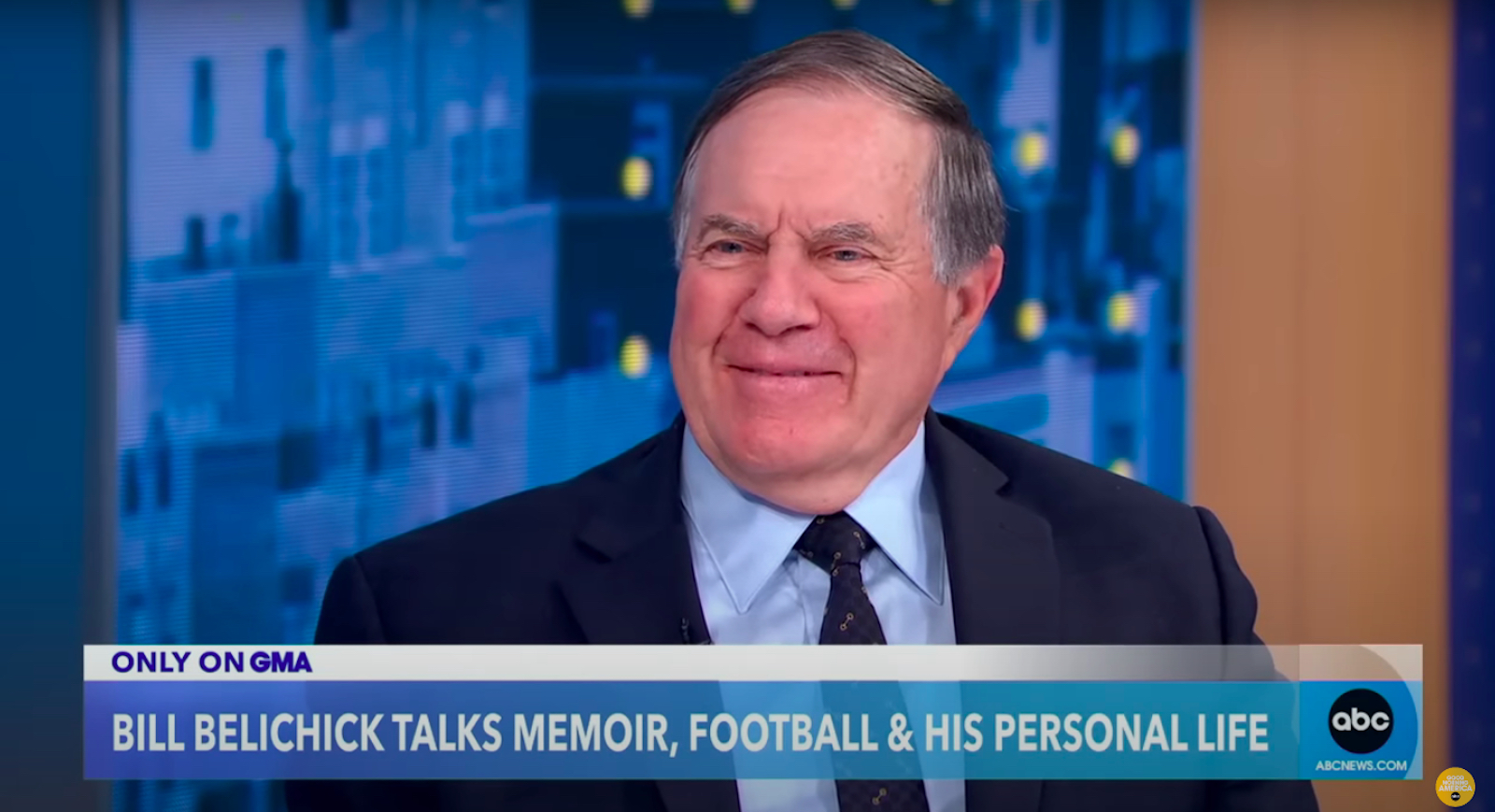Pimlico Race Course, the second-oldest racetrack in the country, will close after Saturday’s 150th running of the Preakness Stakes. Last week, Maryland Gov. Wes Moore signed off on a plan to demolish the Baltimore track beginning this spring. That's the first step in what’s being billed as a two-year, $400 million publicly funded project to rebuild the historic but decayed racing compound.
I worked at Pimlico for several years in the late 1990s while covering Maryland racing. The track has been hosting thoroughbreds and taking wagers since 1870 (only Saratoga has been around longer), and its allegedly imminent demise was an evergreen story the whole time I worked there, and ever since. The place was a dump with charm in my day. Now, it’s just a dump. A couple days after Moore signed the demolition order, I went to opening day of Pimlico’s 2025 spring meet and saw the plight firsthand. The main elevator in the clubhouse broke a few years ago and never got fixed. The track operators put up a rickety-looking construction lift in the back parking lot at some point, but that was out of commission, also. The only way to get to the press box, my old hangout located on top of the grandstand, was to walk up several flights of stairs in a decrepit stairwell, where the floors at every level were severely water-damaged.
So I was already made melancholy by Pimlico’s shabby state before post-time for the first race. And then the track's racing equipment suffered a catastrophic failure: The doors on the outside stalls of the starting gate opened before the rest, giving two of the six horses a big head start before the other stalls opened. After a 10-minute delay the stewards ruled the race would be a no-contest. Longtime track announcer Dave Rodman went on the public address system to say all bets on the first race would be refunded. Hundreds of thousands of dollars are wagered on a typical race in Maryland, so incidents like this are disastrous. I’d never seen a starting gate failure in person before. This should never happen at a Triple Crown track. (Amazingly, the exact same thing happened at Pimlico the next day. Geez, Louise.)
All the opening days I covered seemed like big deals for Charm City residents, with several thousand fans in attendance. But there was nobody along the rail watching the ill-fated race. I don’t mean “only a few people.” Nobody. It was fascinating, in a funereal way, to be at a track so big and so storied and so empty on what used to count as a meaningful race day. Even way up in the press box, I could hear every hoofbeat and whip crack as the horses came down the stretch.
Pimlico deserves a better sendoff. Squalor reigns supreme nowadays, for sure, but this place has a past! This is where, in 1938, Seabiscuit beat War Admiral in the most famous match race in the history of the sport of kings. And where Secretariat, the greatest racehorse of all time, romped in the 1973 Preakness. The racing realm isn’t all glorious, obviously. Pimlico is also where Barbaro broke down (warning: the horse’s injury is shown in the linked video). And where Kegasus, a half-man, half party animal Preakness mascot, promoted the big race as a binge-drinking opportunity while hawking $20 bottomless beer mugs. And, by god, where you could witness the running of the urinals, a regular Preakness Day infield ritual and the most entertaining and just plain awesome extracurricular event I ever encountered at a sporting event (warning: you could bust a gut laughing at the linked video).
I recall my days at the Maryland tracks with absolute fondness. So many fascinating characters! One that comes right to mind: I remember being along the rail one day in 1999 when the man next to me pointed at a down-on-his-luck-looking man on the track walking a horse between races, an entry-level racetrack gig known as a "pony boy," and said, "See that guy? He won the Kentucky Derby!" And it was true! The guy working the $8-a-horse job was Ronnie Franklin, a Baltimore native who 20 years earlier rode Spectacular Bid to the winner's circle in before the Derby and the Preakness, before losing his shot at the Triple Crown in the Belmont Stakes and having his life fell apart. Amazing, sad tale. Then again, everybody I met on the Pimlico backstretch had a backstory. But for all the memories, any doubts I had about the righteousness of closing the track down before my recent visit had disappeared pretty early in the day. Pimlico has got to go.
And it’s going, at least for a while. Moore’s recent Pimlico demolition deal was a followup to the agreement he made last year as part of what he called the Pimlico Plus Plan. Under the plan, the state will take ownership of Pimlico from the Stronach Group. That company’s founder, Austrian-born, Canadian-based auto parts magnate Frank Stronach, spent $50.6 million in 2002 to buy a majority stake of Pimlico and its sister track, Laurel Park. Under the governor’s plan, the Preakness will be held at Laurel Park, in suburban Laurel, Md., for the next two years while the unkempt Baltimore compound is turned into what the governor claims will be a year-round entertainment and gambling center. All racing at Laurel Park, which opened in 1911 but always lacked the historical cache and kitschy appeal of Pimlico, will cease when Pimlico reopens.
Stronach made few friends in Maryland racing. At the time of the Pimlico and Laurel Park acquisitions, Stronach’s racing operation, called Magna Entertainment, was buying up big tracks all over the country. Maryland horsemen and lawmakers immediately began worrying that Stronach’s real goal was to move the Preakness to one of his out-of-state properties. Those fears only increased when Stronach rejected a bid from the state of Maryland to buy the Preakness from him in 2003, a proposed deal that would have allowed Stronach to install slot machines at Pimlico and Laurel Park, which according to the state’s pitch would have brought his firm “$200 million a year in gross profits.”
“The Preakness is simply not for sale," a Stronach spokesperson said in 2003.
Stronach occasionally appeared ready to rid himself of Pimlico in the years since rejecting the state’s offer. In 2009, when Magna Entertainment declared bankruptcy, Stronach announced would try to unload Pimlico at auction, while holding on to non-Maryland tracks. No buyer stepped forward and Stronach pulled it off the block, and removed himself as chairman of Magna’s board. His daughter, Belinda Stronach, has since taken over much of the day-to-day operation of the business. In the agreement finalized last year by her and Moore, the state paid the Stronach Group just $1 to take over Pimlico.
Frank Stronach, now 92, is currently in a lot of trouble that is not racing-related: He was arrested last year for a series of alleged sexual assaults dating back to 1977, reportedly involving 13 women. Stronach has denied all accusations. A Toronto judge ruled last month that several of the cases can move forward.
Not everybody in Baltimore has treasured Pimlico and the Preakness as much as power people in Annapolis have. In 2006, the office of then-Mayor Sheila Dixon published a “master plan” for the city’s Park Heights neighborhood, where Pimlico is located. The document painted a hideous picture of the community. One example: According to the report, the area “[had] 50 times more children living in poverty per square mile” than the Baltimore region as a whole.
The blight didn’t stop there. “Driving along the main streets of Park Heights,” read the report, “the devastation is plain to see: half of the buildings, both residential and commercial, are vacant and boarded up; throngs of men can be seen on street corners at all hours of the day giving a firsthand glimpse of the area’s economic stagnation; and both men and women can be observed in plain view buying, selling and using drugs on sidewalks or in trash ridden parks and playgrounds.”
The mayor’s report put some of the blame for the sorry local conditions on the racetrack, which was described as “one of the most underutilized sites in the city.” The report included four specific redevelopment proposals for the racetrack site. Three of the four called for demolishing Pimlico, which the report said, “offers a far more exciting and significant set of opportunities.”
That 2006 mayoral report included artists’ renderings of what Park Heights would look like after the redevelopment plan was implemented, with vibrant streets and fancy apartment buildings and a “high-quality business park.” But driving around the neighborhood last week I saw no business park or anything vibrant or fancy or close to the Park Heights envisioned by pipedreaming planners. The place looked as much in need of a facelift as it did years ago when I hung out at the track. Andrew Beyer, maybe the most influential turf writer of all time (he came up with the Beyer Speed Figure, the OPS of horse racing), trashed the compound in the Washington Post before the 2015 Preakness, saying holding the race at such a run-down plant is “the industry’s most vexing problem.”
“Pimlico is an embarrassment: decrepit, dysfunctional, devoid of charm or glamour,” Beyer railed.
The current Pimlico rebuild plan has some goals that seem as fantastical as the still-unbuilt baubles included in the wholly unrealized Park Heights plan from 2006.
A report from TheRacingBiz.com on last week’s meeting of the state Board of Public Works included some bombast from Craig Thompson, chairman of the Maryland Stadium Authority, which oversees operations of Oriole Park at Camden Yards and M&T Bank Stadium, home of the Baltimore Ravens, and is one of the agencies implementing the Pimlico Plus plan. Thompson reportedly told attendees that the track’s future clubhouse would be “a white palace” that will feature “a colonnade and rooftop balconies,” with its “architecture inspired by the grand Baltimore landmarks such as the Rawlings Conservatory.” OK, but nothing about the running of the urinals?
One Pimlico employee told me on opening day that he can’t see the state actually following through on spending $400 million of the people’s money on a place that for decades gets ignored for all but one day a year. The employee, however, was not surprised that Moore would push pie-in-the-sky details, given his political ambitions.
“Politicians in this state would do anything to keep the Preakness,” the employee said. “Governor Moore wants to be president. If he loses the Preakness, he won’t even be governor.”
Craig Brownstein, a D.C. public relations specialist and former manager of Pimlico’s press box, seconded the skepticism that Moore would ever have as much money to throw at the Pimlico Plus plan as he’s been claiming he will. “I admire the attempt, and I hope they can pull it off, but I think it’ll take more than horses running in circles to get people back to Pimlico,” Brownstein told me. “Saying you’re going to bring back a racetrack is like saying you’re going to bring back shopping malls. I loved going to the Orange Julius and Spencer Gifts. Sorry, but the mall ain’t coming back.”
But, being a lifelong railbird, Brownstein doesn’t mind rooting for a longshot. “If they do it,” he said, “I’ll go.”
I left the Pimlico press box with a few races left on the card, feeling like I’d left the hospital after visiting a dying friend, knowing we’ll never see each other again. On the way back down the decrepit stairwell, I heard an excited race call coming over the house P.A. and followed the noise to an upper level betting parlor. Among dozens of betting machines and a handful of bettors, I saw an old guy standing beneath a TV hanging on the wall that was showing a replay of the 1989 Preakness. He was transfixed as Sunday Silence nipped Easy Goer by a nose after a thrilling stretch duel. I was very touched by the scene. That guy’s going to miss this place. Me too.






